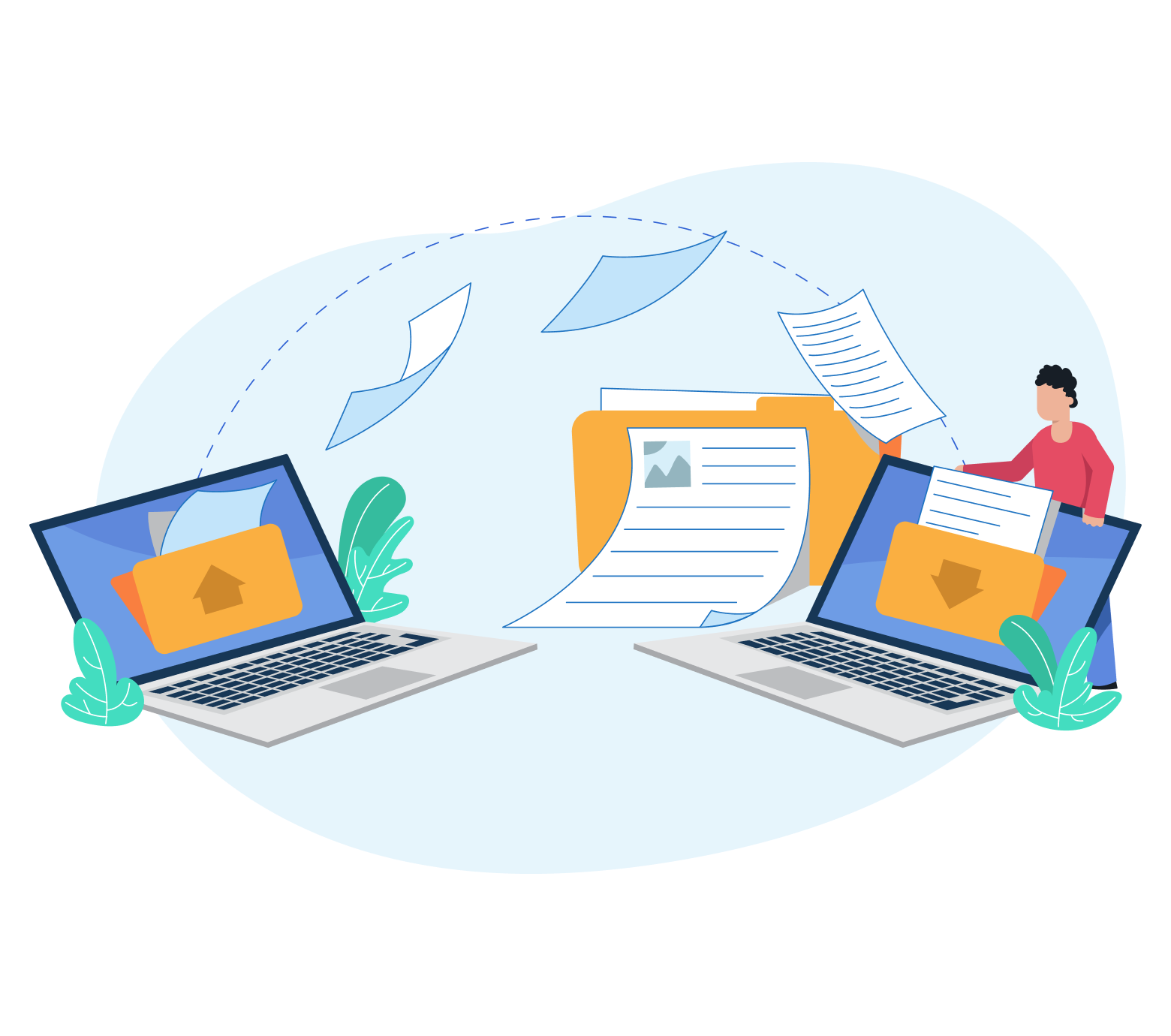What You Need to Know and Plan for in Salesforce Classic to Lightning Migration Initiatives

What You Need to Know and Plan for in Salesforce Classic to Lightning Migration Initiatives
Jan 02, 2022
Salesforce Lightning is the next-gen CRM of Salesforce that promises to deliver a re-imagined experience to users. Here are a few steps to follow to successfully complete the migration from Salesforce Classic to Lightning.

Modern business challenges need next-gen solutions.
For a long time, enterprises have been using legacy customer relationship management (CRM) tools to manage customer relationships. These tools were not made for today’s times. Today, the business landscape and customer demands have changed. That’s why enterprises can no longer work in silos or use legacy CRM tools for building customer relationships. They need a CRM that’s more relevant to current times and improves the user’s productivity.
Take Salesforce Classic, for instance. Enterprises have used it for a long time. However, Salesforce has stopped developing it and adding new features to it. It launched a new version of the CRM called Salesforce Lightning.
Salesforce Lightning is the next-gen CRM of Salesforce that promises to deliver a re-imagined experience to users.
- It has got intuitive user interface and offers a consistent experience to users across different devices.
- It has a library of pre-built components that enterprises can use as-it-is or as a foundation to building custom components.
- It has a point-and-click tool called the Lightning App Builder that can help build custom pages or dashboard-based apps.
- It provides a unified dashboard that sales managers can use to enter, track, and close deals faster.
- Most importantly, it offers smart features such as the Assistant that provides insights and tips to close deals faster and Path that helps sales professionals to visualize their sales process and close deals faster.
Salesforce lightning clearly has more advantages than Salesforce Classic. It is more user-friendly, has in-built analytics, and has better built-in security. However, sometimes enterprises face challenges in migration.
Here are a few steps they can follow to complete the migration successfully.
How to Migrate from Salesforce Classic to Salesforce Lightning?
Salesforce has divided the migration process into three phases.
- Discover Phase: This is where Salesforce recommends enterprises to evaluate options for readiness and then develop strategies to transition to the Lightning platform. The first step is to determine the objective for transition. This could be to improve the employees’ productivity, transform business, etc. Once the objectives are determined, it’s time to evaluate if the migration will help to meet that objective and bring in the desired ROI. It’s also important to observe and check the technical requirements needed for transformation. It includes evaluating if the current customizations that work on Salesforce Classic would work on Lightning too, or do they need to be discarded? The Discover Phase is also about explaining to the leadership and critical stakeholders the need for migration and getting approval. Once everyone reaches a consensus, it’s time to move to the roll-out phase.
- Rollout Phase: Before the rollout phase begins, the enterprises need to plan a rollout strategy to move the users to the new interface. There are various ways to do it. They can either move all the users simultaneously, do it in phases, or start as a new initiative. Once the strategy is decided, it’s time to implement it. The first step is to identify the key stakeholders who can test the Lightning features and offer honest feedback on what’s working and what’s not. Their feedback will help choose the features that can serve the teams better and those that can be deprioritized or discarded. The next step would be to prepare the users for the change. Although Lightning is like an advanced version of Salesforce Classic, the users would need the training to use the new interface. A planned communication and training session would help the users to acclimatize to the new platform. Now that the users are prepared, it’s time to implement and launch the Salesforce Lightning. Communicate the change to the users and offer them continuous support. The features in the new platform can be iterated over time to provide users with a seamless and hassle-free experience.
- Optimize Phase: The work never ends with migration. Enterprises have a responsibility to ensure that the users adapt to the new interface and use it actively. In this phase, enterprises must monitor and compare the outcomes to check if Salesforce Lightning positively impacts the users. For example, according to Lightning Adoption Survey, 41% of users have confirmed that they saw an increase in productivity, while 23% of them saw their sales deals closing faster. Leverage the survey options available in the Lightning Experience Transition Change Management Hub to get feedback from users. Encourage and remind users to use the new interface and provide assistant options to enhance their productivity. Once all users get comfortable with the Lightning tool, the access to Salesforce Classic can be turned off.

Considering that Salesforce Lightning is a new interface, there will be some gaps as compared to Salesforce Classic. Enterprises have the option to switch back to Classic if they want. However, given the advanced features of the Lightning tool, we would recommend enterprises to switch over. The migration process may not be as straightforward as it seems, as it is not a one-size-fits-all process. However, with the right partnerships and correct guidance, enterprises can save themselves from the headache of transition and enjoy the seamless experience of Salesforce Lightning.
At PopcornApps, we help enterprises with end-to-end Salesforce transformations and in building enterprise CRMs and purpose-built apps.










